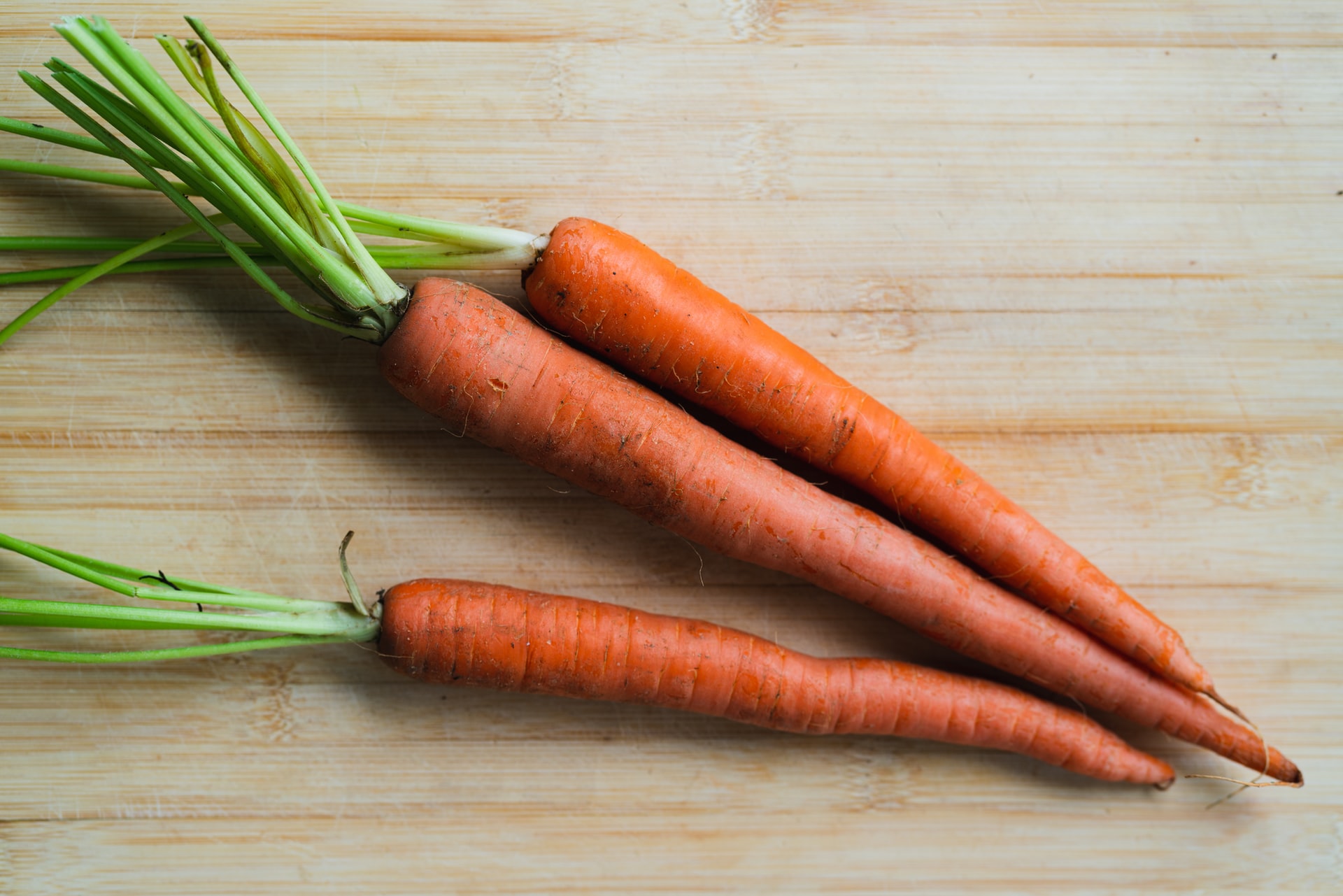Inter-row cultivation of carrots serves multiple purposes: aeration of the soil, mechanical weed control, hilling (to avoid the occurrence of “green tops”), and fertilization.
One of the common and regular practices in soil management, or more precisely, crop care, is soil cultivation. Among modern solutions in inter-row cultivation, the most commonly used tool is the rotary cultivator, which has working parts very similar to a rotating hoe. Inter-row cultivation has several important functions, primarily breaking the soil crust that can significantly hinder or even prevent the emergence of sown crops. This crust formation on the surface can intensively dry out the soil, increasing soil moisture evaporation and preventing water from penetrating deeper layers. Thus, inter-row cultivation creates a loose layer on the soil surface, allowing better and more efficient penetration of excess rainwater into the deeper soil layers.
Creating a loose layer on the soil surface breaks the capillary rise of water, reducing water loss through evaporation, which is particularly intense during critical summer months when plants need water the most. Additionally, the favorable soil conditions created after cultivation enhance microbial activity, which positively impacts yield increases.
Moreover, cultivation destroys weeds, which, if not “eliminated,” can “consume” up to 25% of the available water in the soil, drying out the soil faster and directly reducing the yield of the cultivated crop. This fact is particularly important in dry years, which, according to long-term averages, seem to be increasing in frequency in our regions. In the case of using herbicides to control rhizomatous wild sorghum after crop emergence, inter-row cultivation should not be performed for at least 7-10 days following their application.















































